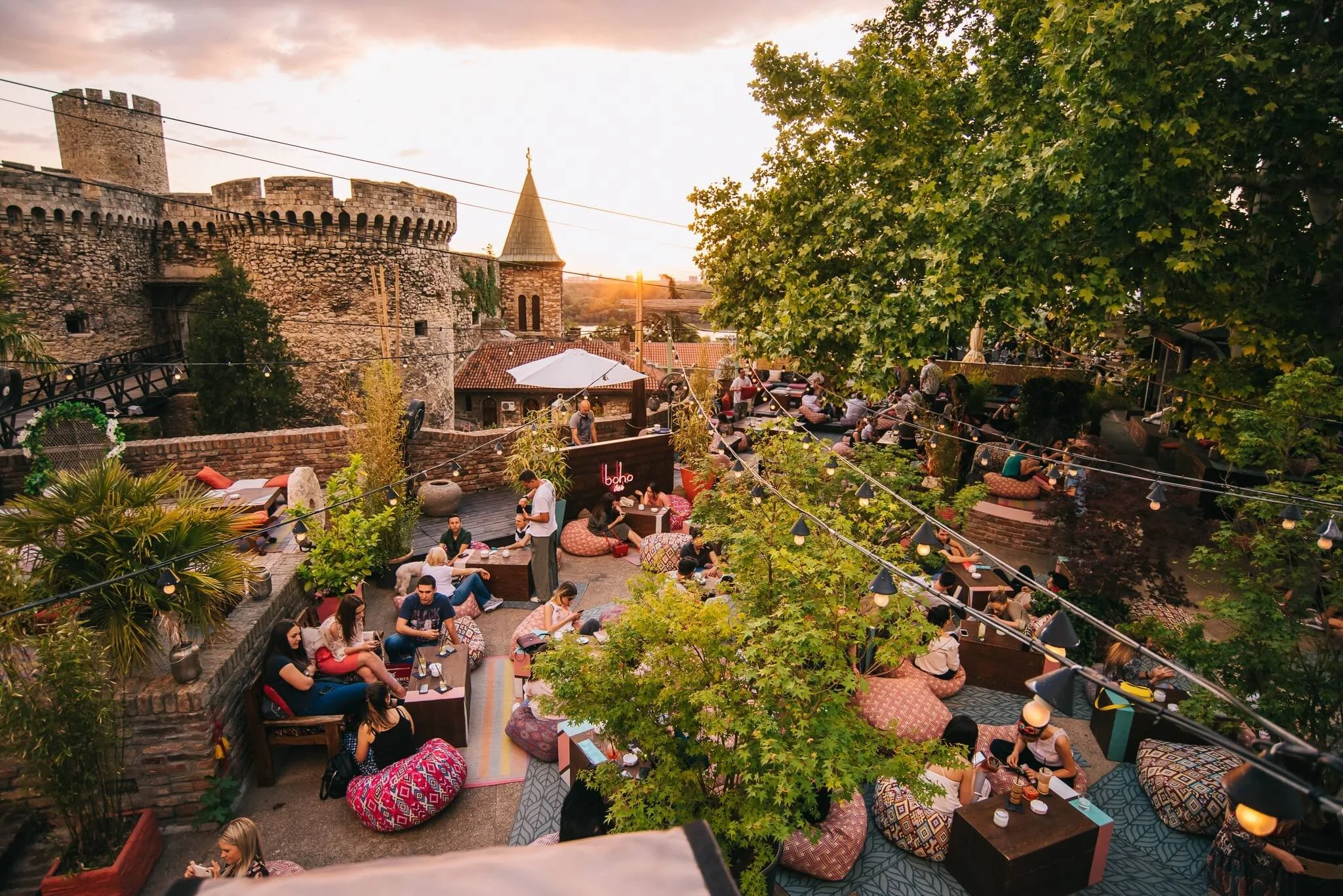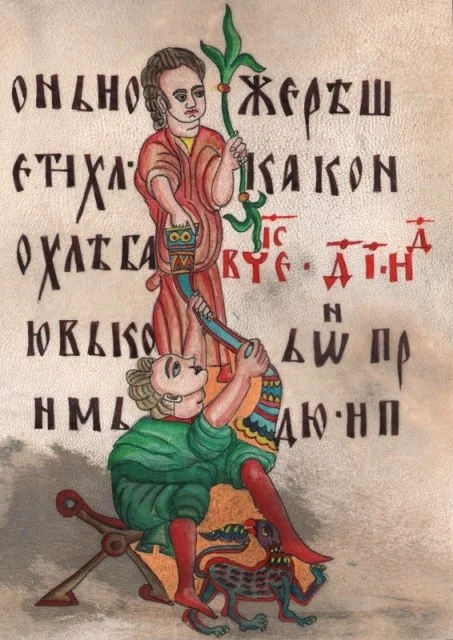
Serbian / Croatian / Bosnian / Montenegrin languange
may appear by any of these names, or by its former name as Serbo-Croatian
Either way, it is a pluricentric (meaning it has multiple variations) language spoken in four Balkan countries
It has many particularities and there are just as many reasons to learn it !

My teaching method is based on three core principles
Adjust
Tailoring classes to student’s needs and wants
Application
Make the lessons functional in real life
Creation
All the materials are made and provided by teacher free of charge
Do you know your level ?
Beginner
If you’re new to studying Serbo-Croatian, this type of lessons might be the right fit for you
Intermediate
If you already have experience in learning the language consider the Intermediate Level Lessons
Advanced
If you feel comfortable communicating, but would like to improve certain skills you’re likely an Advanced Learner
First lesson is free !
Starting the second lesson, following prices apply
50min - $ 20
120min - $ 40
Sliding-scale prices are available. Don’t be shy to reach out.
-
With almost 2 million people, Belgrade is the largest city in the region known for coffee culture and night life. Independently-owned cafes are a norm and not an exception. They are found in every corner and serve everything from coffee to juices, and even alcohol. In the evening consider going to the iconic quarters of Skadarlija, Cetinjska and Kosančićev Venac.
If visiting Novi Sad, a charming city with Central European architecture and slower pace of life, stop by Futoška Pijaca area for awesome fast food, Laze Telečkog street for breweries, before moving to Petrovaradin, Europe’s second largest fortress.
If you are up for adventures, Kopaonik Mountain is the most famous skiing resort in the country and Tara Mountain is known for rafting. Two hours away from Belgrade, you can find the Iron Gates Gorge, where Danube River is the widest, and Lepenski Vir Archeological site, home to Europe’s first urban civilization.
Learn more!
〰️
〰️
Learn more! 〰️ 〰️
Did you know Serbia uses two alphabets ?
Serbo-Croatian is one of the few languages in the world that uses more that one alphabet. It can be written in both Latin and Cyrillic script. It is the only language whose alphabets are perfectly intechangable and in active use but don’t worry, it is enough to know just one!
Having the two alphabets stem from the language’s historic divisions and diversity, with Cyrillic script having been historically preffered in the eastern areas, and Latin in the western. Today we can use both scripts in Serbia and Montenegro, a bit less commonly in Bosnia & Herzegovina, while Croatia uses only the Latin script.
The language has 30 sounds which translate into exactly 30 letters and the two alphabets are synced. The language is phonetical - it is written as it is spoken - which makes the alphabets perfectly compatible.
Because it is phonetical, it is super easy to learn to read and write!
ž ж
ć ћ
ф f

Did you know a Serbian text is part of the Memory of the World ?
Memory of the World is UNESCO’s programme preserving documentary heritage of vital significance to global heritage. On its registrar, we find Miroslavljevo jevanđelje - the Miroslav Gospel.
The Miroslav Gospel is a manuscript dating from around 1180, whose beauty and uniqueness influenced other manuscripts of the region, as well as of the Medieval Europe. It is a religious text written in the Cyrillic script in a Serbian variant of Old-Church Slavonic, commissioned by prince Miroslav of Hum. By its style which is the mixture of the influences from the West (Italy) and the East (Byzantium), the Miroslav Gospel is the unique manuscript of its kind in the world, and is one of the most important testimonies of the artistic influences paths made from the West to the East and back. The book contains 296 illuminations - miniatures drawn with feathers, and the painted with colour and gold.
Today, it is preserved in the National Museum in Belgrade, where visitors have a chance to see it for ten days a year.
There are very many foreign words!
Balkan region is a cross-road of cultures. Many cultures inhabit it, and many more used to inhabit it. Their coexistence, passing and staying is remembered through the multitude of words of various origin. Whatever languages you might speak, it will help you learn Serbo-Croatian.
Turkish
džezva (cezve), jastuk (yastık), čaršav (çarşaf), pamuk, čarapa (çorap), čelik (çelik), jogurt (yoğurt), dućan (dükkân), šećer (şeker), torba
Greek
period (περίοδος), helikopter (ελικόπτερο), demokratija (δημοϰρατία), energija (ενέργεια), biblioteka (βιβλιοθήκη), anđeo (aγγελος), ikona (εἰκών), harmonija (αρμονία), komedija (κωμωδία), tragedija (τραγωδία)
Hungarian
vašar (vásár), mačka (macska), gulaš (gulyás), varoš (város), soba (szoba), bunda, čizma (csizma), cipela (cipellő), hajduk (hajdu), lopov (lopó)
French
ešarpa (echarpe), plafon (plafond), liker (liquer), žargon (jargon), volan (volant), garderoba (garde-robe), roman, žurnal (journal), butik (boutique), silueta (silhouette)
English
internet, kompjuter (computer), sajt (site), vikend (weekend), miting (meeting), event, šoping (shopping), derbi (derby), fudbal (football), bekstejdž (backstage)
German
flaša (Flasche), knedla (Knödel), šank (Schank), farba, (Farbe), šnajder (Schneider), gepek (Gepäk), šnicla (Schnitzel), kugla (Kugel), princ (Prinz), štimung (Stimmung)


